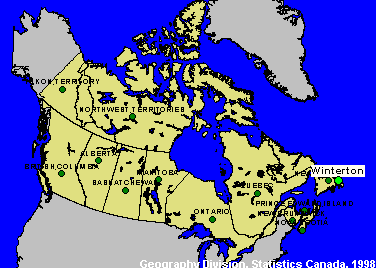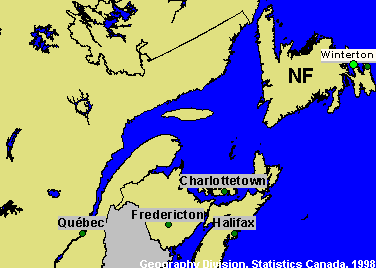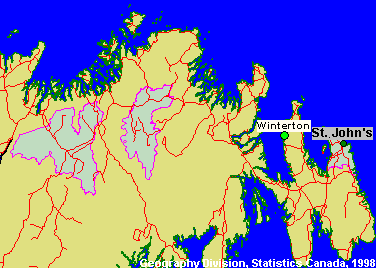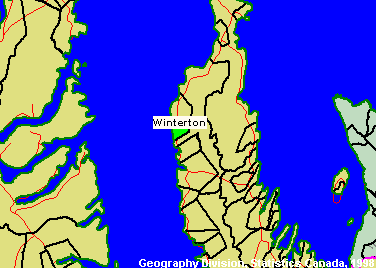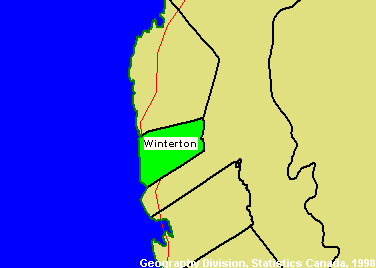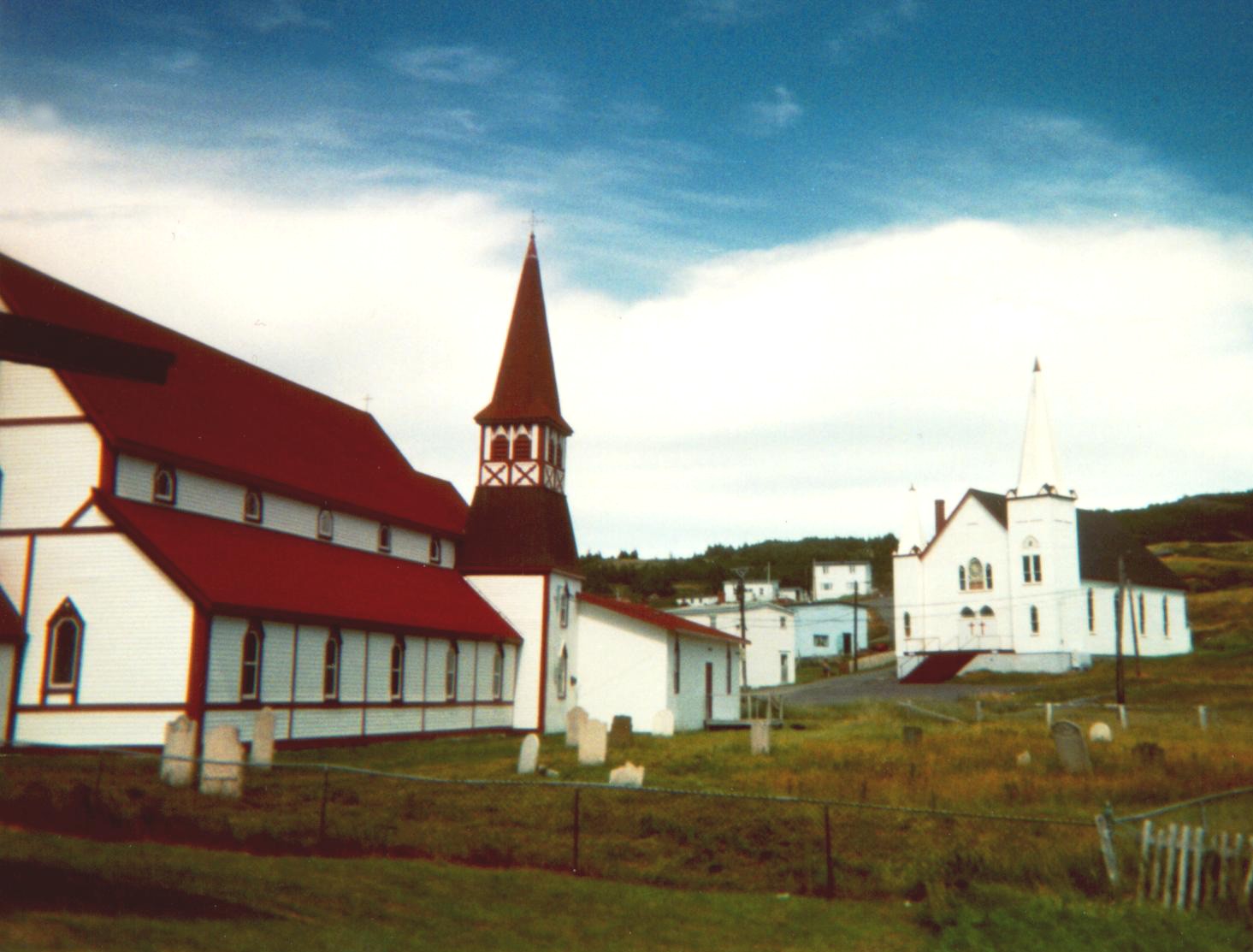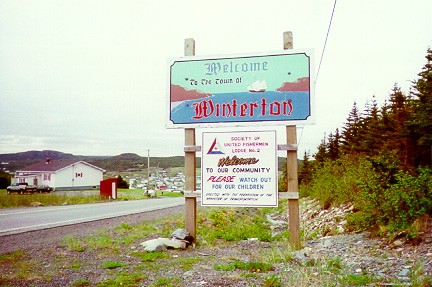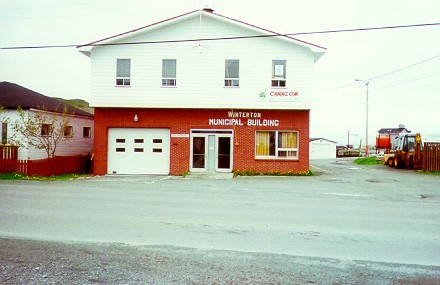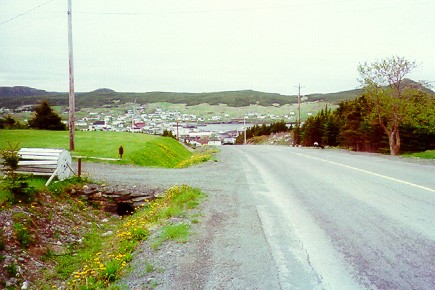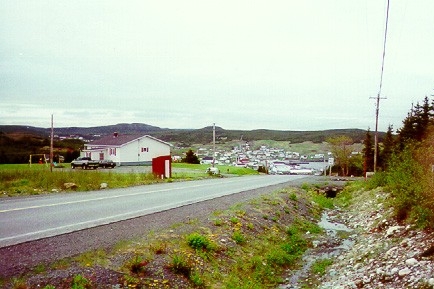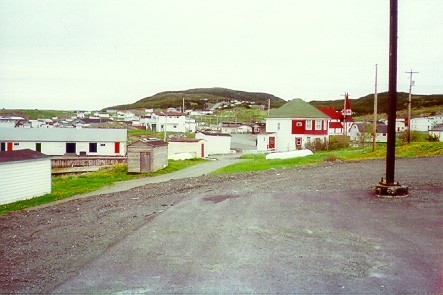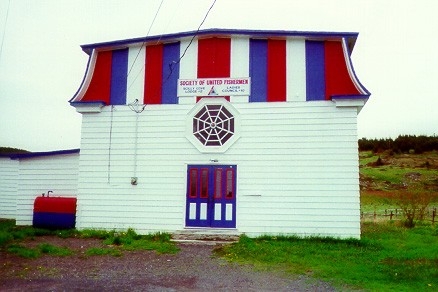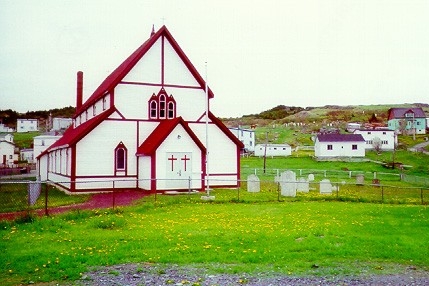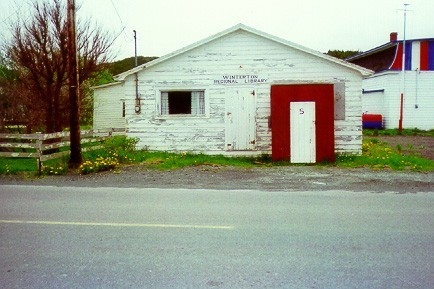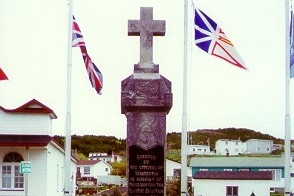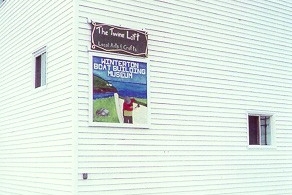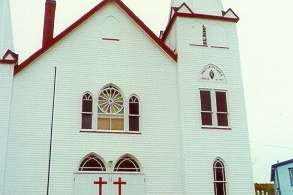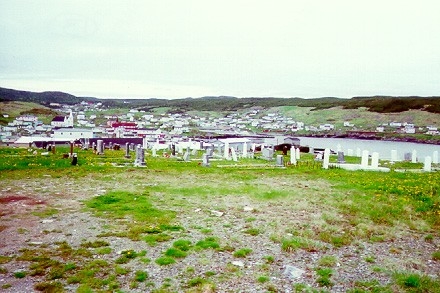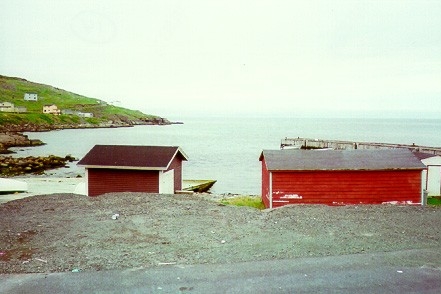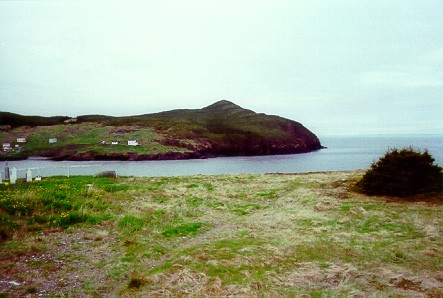Winterton, Newfoundland
Site Number: 1
CSD (1991): 1001332
Principal Researcher(s): Shirley P. Dawe
Newfoundland Project Coordinators: Don Hogan (ACOA); Robert Greenwood (Department of Development and Rural Renewal, Government of Newfoundland and Labrador)
Assistant Researcher(s): n/a
Located on the north-eastern Island of Newfoundland, 39% of Winterton's industry is found in fishing.
The population (667) has decreased by 11% over the past few years.
The labour force participation rate is 50%, the unemployment rate is 32%, and 7% of the community is below Statistics Canada's Low Income Cut-Off (LICO).
Major events & stories
- The area around Winterton was most likely the site of Beothuk settlement long before Europeans first visited. The first recorded European visit to the area was John Guy in 1612.
- The first census was taken in 1675 and recorded 3 planters, 40 servants and 8 boats. These settlers were West Country English fishermen from Dorset and Devon. Many surnames of the area originate from migration from this area in the late 17th and 18th centuries.
- Winterton was originally called Scilly Cove, after the Scilly Isles off Southwestern England.
- Negative impressions of the area because of the sound of this name ("silly" cove) prompted the name to be changed to Winterton in 1912, after Sir James Winter, a former Prime Minister of Newfoundland.
- The area was the site of several French raids in the late 17th century. Following the signing of the Treaty of Utrecht, hostilities ceased and settlement increased. In the early part of the 20th century the population reached over 1100 people. Although the harbour is neither deep nor large enough for schooners, the abundant fishing in the surrounding area and the area's reputation for boat building made it popular for settlement.
- In 1952 Winterton received resettlement from the north side of Trinity Bay.
- The Town was incorporated in 1964.
- In 1966 water and sewage were installed.
- 1997 was Town of Winterton "Come Home Year". It encouraged families and descendants to return to the area for celebrations.
Documents
These documents summarize the work completed and insights gained from updating Economic Capacity Profiles for the New Rural Economy2 (NRE2) sites. The initial set of Profiles was based on the 1996 Census and 2001 NRE site profiles data. The updated Profiles are based on 2001 Census data and 2003 NRE site profiles data.
On the map
